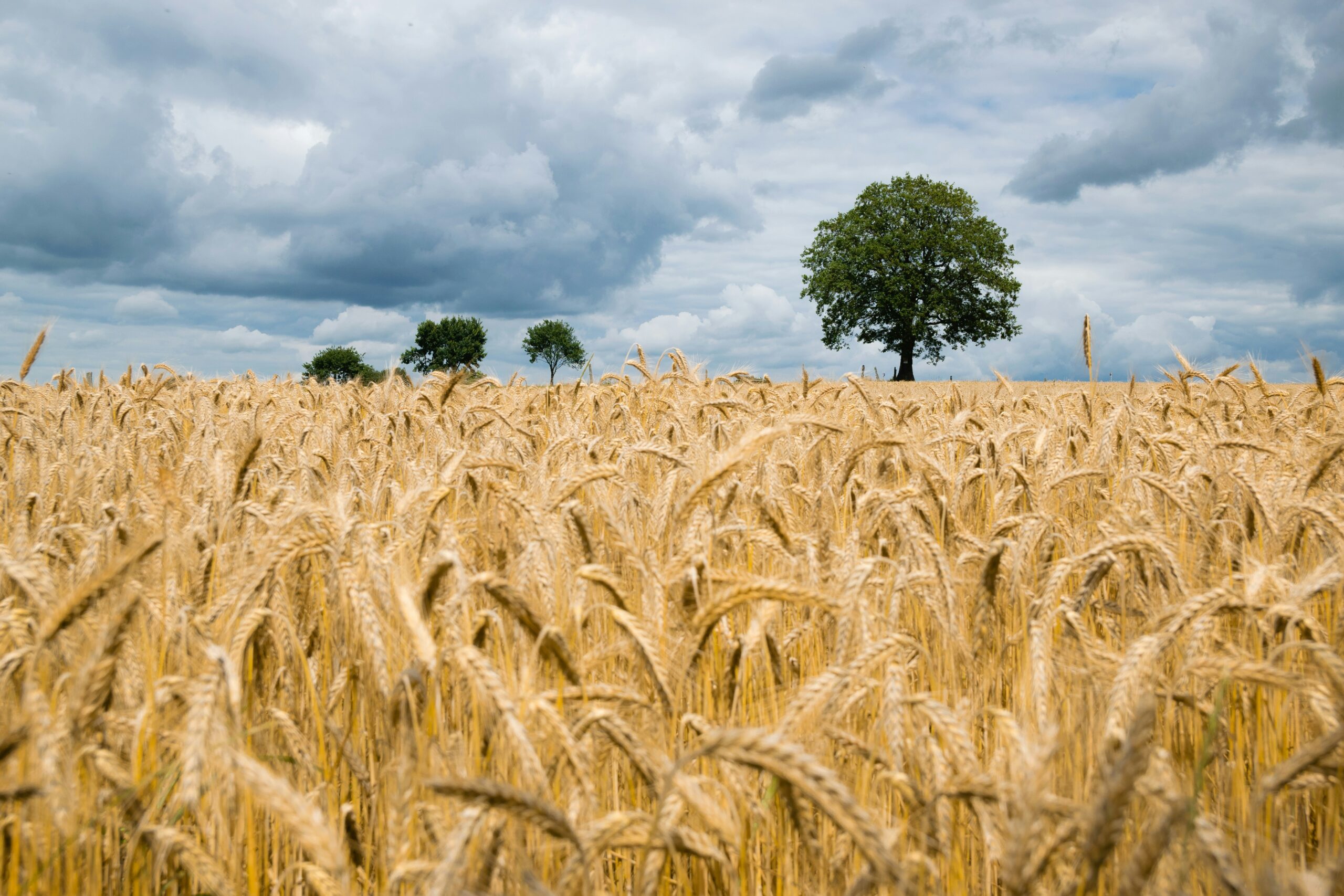
The Indian FMCG (Fast-Moving Consumer Goods) sector has emerged as a strong and resilient industry, outperforming its global counterparts. Despite facing challenges such as inflation, changing consumer preferences, and supply chain disruptions, the sector has shown remarkable growth and adaptability.
According to Sudhir Sitapati, the CEO and MD of Godrej Consumer Products, the FMCG sector in India remains the leading spender on advertising, surpassing other industries by a significant margin. Sitapati emphasises that advertising plays a vital role as the lifeblood of the FMCG industry. He asserts that the Indian FMCG sector exhibits notable strength compared to the global scenario, largely attributed to robust advertising practices. The top 5 listed FMCG companies in India, according to Sitapati, demonstrate superior financial performance with an average EBITDA ranging from 20-25%, outperforming their global counterparts operating at 15-20%. Additionally, these Indian FMCG companies list at significantly higher P/E multiples, around 60X, in contrast to the 20X valuation for their global peers.
The September quarter witnessed a surge in FMCG sales, driven by factors such as lower inflation, improved monsoon, price cuts, and offers. The FMCG market grew by 8-12%, with rural demand playing a significant role in this growth. Sales of high-value items like televisions and refrigerators also witnessed an increase. However, sales of mass segment and entry-level products are yet to recover fully.
In a positive development, 12 consumer firms raised ₹467 crore through SME IPOs in the previous year, marking a 63% increase from 2022. This trend indicates a growing willingness among FMCG enterprises to navigate the complexities of capital markets. Factors contributing to this trend include improved awareness, reduced compliance burdens, and the potential for wider public recognition.
Kirana stores in Ayodhya have stocked up 32% more products compared to the previous year, anticipating increased demand from the Ram temple inauguration. FMCG companies are eyeing this potential growth opportunity, especially in summer products like beverages, chocolates, packaged food, and branded commodities. Ayodhya’s growth potential is expected to be driven by tourists and devotees.
RTM Watch’s Take
The Indian FMCG sector has demonstrated resilience and adaptability in the face of challenges. The surge in Q2 FMCG sales, driven by rural demand, indicates the sector’s ability to tap into evolving consumer preferences. The successful IPOs by consumer firms reflect growing confidence in capital markets. Ayodhya’s potential for FMCG growth presents an exciting opportunity for companies to cater to the needs of tourists and devotees.



































